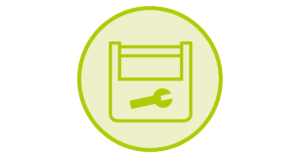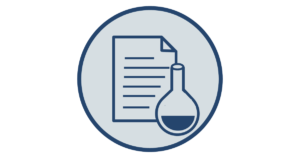This post is also available in: Español (Spanish) Français (French) Deutsch (German)
Ever wondered how much groundwater is under your feet? Then you should learn more about measuring groundwater with this e-learning tool.
Methods of Groundwater Quantification
We will provide you with some techniques, which do not need much equipment to give you already an idea on your groundwater. Everybody can help to keep an eye on our planets water resources. However, for more precise measurements more elaborate methods are needed. Have a look by yourself and try out your first tests.
Measuring Groundwater by Birthe Hohm and Ruth Schaldach is licensed under a Creative Commons Attribution-ShareAlike 4.0 International License.
Groundwater quantification is also the first step for developing sustainable water usage practices and once implemented to monitor these. It follows a simple logic: You need to know how much water is there, before you know how much can be used. You need to know how fast your system gets recharged to know how fast you can use your water reservoirs without harming your storage system. Storage systems should never dry out completely, which makes it very important to never pump your groundwater too fast to the surface and use too much. Measuring and mapping your water gives you therefore important directions. As dryer the region is as more vulnerable is your system and more important it is to know your groundwater exactly. Due to this importance several methods for measuring groundwater developed over time. However, quantification of groundwater is difficult due to many hydrological and environmental aspects that must be considered. Groundwater resources are part of the hydrosphere and thus depend on groundwater recharge and discharge even without human beings starting to influence this processes. However, agriculture and urbanisation draw heavy on groundwater resources and unsustainable practices show more and more their signs and some underground storage systems starting to dry out.



